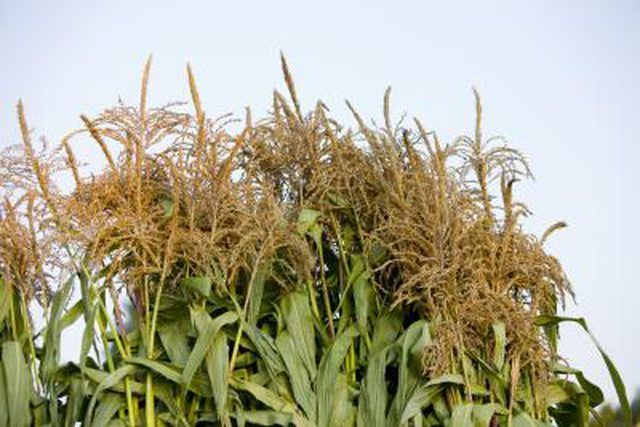Bulbs
Flower Basics
Flower Beds & Specialty Gardens
Flower Garden
Garden Furniture
Garden Gnomes
Garden Seeds
Garden Sheds
Garden Statues
Garden Tools & Supplies
Gardening Basics
Green & Organic
Groundcovers & Vines
Growing Annuals
Growing Basil
Growing Beans
Growing Berries
Growing Blueberries
Growing Cactus
Growing Corn
Growing Cotton
Growing Edibles
Growing Flowers
Growing Garlic
Growing Grapes
Growing Grass
Growing Herbs
Growing Jasmine
Growing Mint
Growing Mushrooms
Orchids
Growing Peanuts
Growing Perennials
Growing Plants
Growing Rosemary
Growing Roses
Growing Strawberries
Growing Sunflowers
Growing Thyme
Growing Tomatoes
Growing Tulips
Growing Vegetables
Herb Basics
Herb Garden
Indoor Growing
Landscaping Basics
Landscaping Patios
Landscaping Plants
Landscaping Shrubs
Landscaping Trees
Landscaping Walks & Pathways
Lawn Basics
Lawn Maintenance
Lawn Mowers
Lawn Ornaments
Lawn Planting
Lawn Tools
Outdoor Growing
Overall Landscape Planning
Pests, Weeds & Problems
Plant Basics
Rock Garden
Rose Garden
Shrubs
Soil
Specialty Gardens
Trees
Vegetable Garden
Yard Maintenance
What Are Corn Tassels?
What Are Corn Tassels?. Few vegetables are more ubiquitous in the summer than sweet corn (Zea mays). Each corn plant produces bisexual flowers that must be pollinated to produce ears. The corn tassels house the male part of the flower, which produces pollen to fertilize the female flowers in the ear shoots. They form roughly three weeks after the...

Few vegetables are more ubiquitous in the summer than sweet corn (Zea mays). Each corn plant produces bisexual flowers that must be pollinated to produce ears. The corn tassels house the male part of the flower, which produces pollen to fertilize the female flowers in the ear shoots. They form roughly three weeks after the seedlings sprout, and will fully emerge by the time the plant reaches its full height, at which point pollination can occur.
Potential Problems
Under ideal conditions, corn tassels serve their role as pollinator and diminish once the female flower is fertilized. However, the tassels sometimes fail to properly form, which allows their female characteristics to emerge and create a problem called "tassel ears." Tassel ears are corn tassels that form rudimentary kernels like an ear of corn but without the protective husk. Such ears are not suitable for eating and should be removed to direct the plant's energy back toward more viable ears.